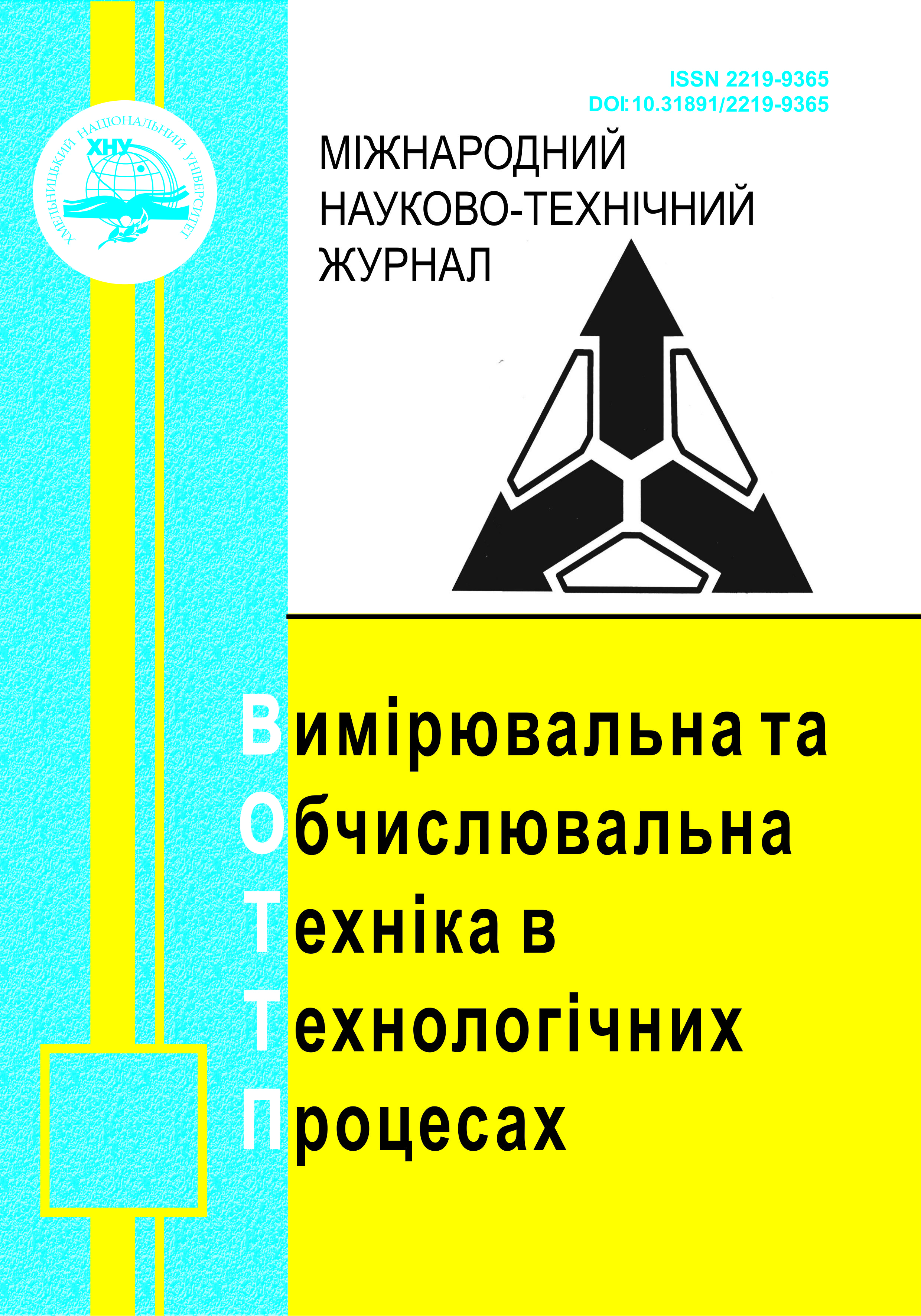MANAGEMENT OF ACCESS TO INFORMATION DATA IN INTELLIGENT INFO-COMMUNICATION NETWORKS
DOI:
https://doi.org/10.31891/2219-9365-2022-72-4-1Keywords:
6G intelligent information communication network, next-generation digital platform, information data protection, integrated data protection management architecture, open multilateral ecosystem, smart contract, interoperabilityAbstract
Technologies for building intelligent 6G information and communication networks in the format of next-generation digital platforms that will offer digital services with full coverage have been studied. A key feature of a systematic data management framework that implements common data approaches is identified, providing transparent, efficient, internal security and privacy protection for internal and external 6G network operations. Basic concepts and related network functions and services are covered.
The intelligent system of managing informational data protection is considered. In particular, the scenarios of data management in 6G networks with the participation of several users who can be potential data consumers, that is, consume information data or knowledge provided by the 6G system, or can be data providers of the 6G system, are investigated. At the same time, the 6G network may have its own data access management structure, but on the other hand, the 6G technology can also implement the data management structure together with other industry participants based on their own knowledge in the subject area.
The scheme of an integrated data protection management architecture based on distributed ledger technology (DLT) for the 6G intelligent radio network is studied. At the same time, DLT technology is at the core of the next-generation mobile communication system through an open ecosystem and forms a new management layer that provides a self-sufficient identification scheme, so authentication can be performed seamlessly in different domains. The Data Management and Data Access (DM/DA) layer is designed to manage network and user data and supports the exchange of segmented data while maintaining built-in privacy across multiple domains.
The properties of DLT technology to achieve the three main design principles of an open multilateral ecosystem, namely openness, interoperability, and trustworthiness, are explored. Since any attempt to access data and information through DLT services will be registered in the registry, the verification property is key to realizing the principle of openness. At the same time, interoperability guarantees the transformation of the 6G network into a multilateral ecosystem that provides joint provision of services. The use of a smart contract allows external participants to access shared data from another domain through an API under conditions defined by the data owner. In addition, the launched smart contract (API) will be executed automatically, which promotes interoperability in intelligent information and communication networks.

